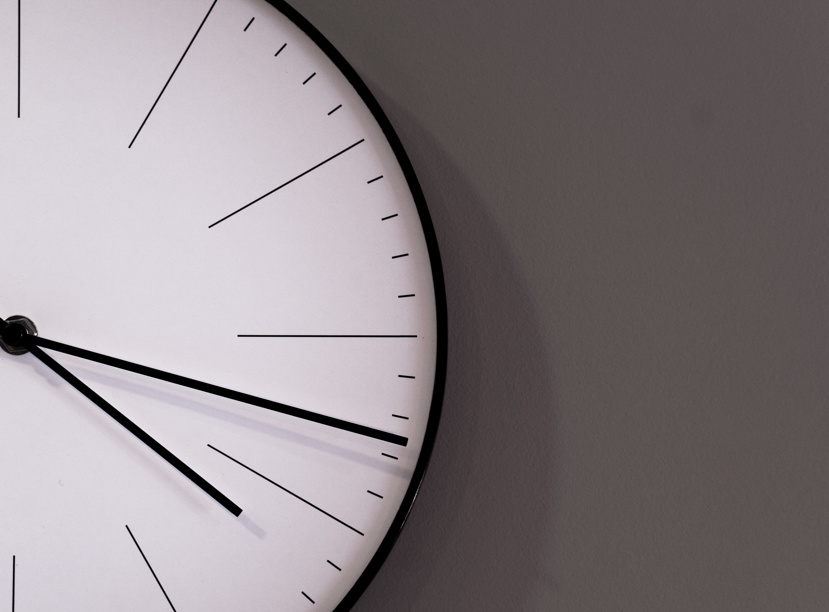My wife and I are retired and in our 70s but still earning consulting income. We don’t yet need our RRIFs— about $50,000 each—but have to take funds out yearly and pay tax on it. What’s the best way to transfer it all to our TFSAs instead, which can be a later source of untaxed income and won’t reduce GIS benefits?
By Olev Edur
First, the tax hit on RRIF withdrawals is not dependent on where the funds are transferred to, so the TFSA issue is immaterial.
RRIFs
Next, depleting RRIFs depends on many factors, particularly total income levels both now and later. Anything deducted from an RRIF beyond the first tax-free $2,000 annually—thanks to the pension income credit—will be taxed at your top marginal rate. In your province of Nova Scotia, for 2021, the first marginal rate of 23.79 percent applies to income up to $25,000 and the top rate of 43.5 percent applies from $98,040 to $150,000.
Annual Incomes
So, let’s say your current annual incomes are $40,000 each; you’d be paying 30.48 percent on RRIF withdrawals beyond that $2,000 freebie. You claim you’ll later be eligible for GIS, so let’s set your post-consulting incomes at $15,000; your minimum RRIF withdrawals would then be taxed at 23.79 percent. I suggest, then, that you withdraw only the minimum until you quit consulting, to reduce the tax hit.
Tax-Free?
With three annual withdrawals of $16,666 to deplete the RRIFs quickly, only a tiny bit would be taxable at 30.48 percent, the first $2,000 would be tax-free and the rest could be taxed at as low as 23.79 percent. However, for each of these years, you’d lose GIS. If you withdrew the full amount at once, you’d be hit with a top rate of 37.7 percent, but most of it might be taxed at as low as 23.79 percent and you’d lose only one year of GIS.
Of course, you’ll have to work out the figures yourself to calculate the most advantageous withdrawal schedule for your specifics.
Photo by Christian Bowen on Unsplash





